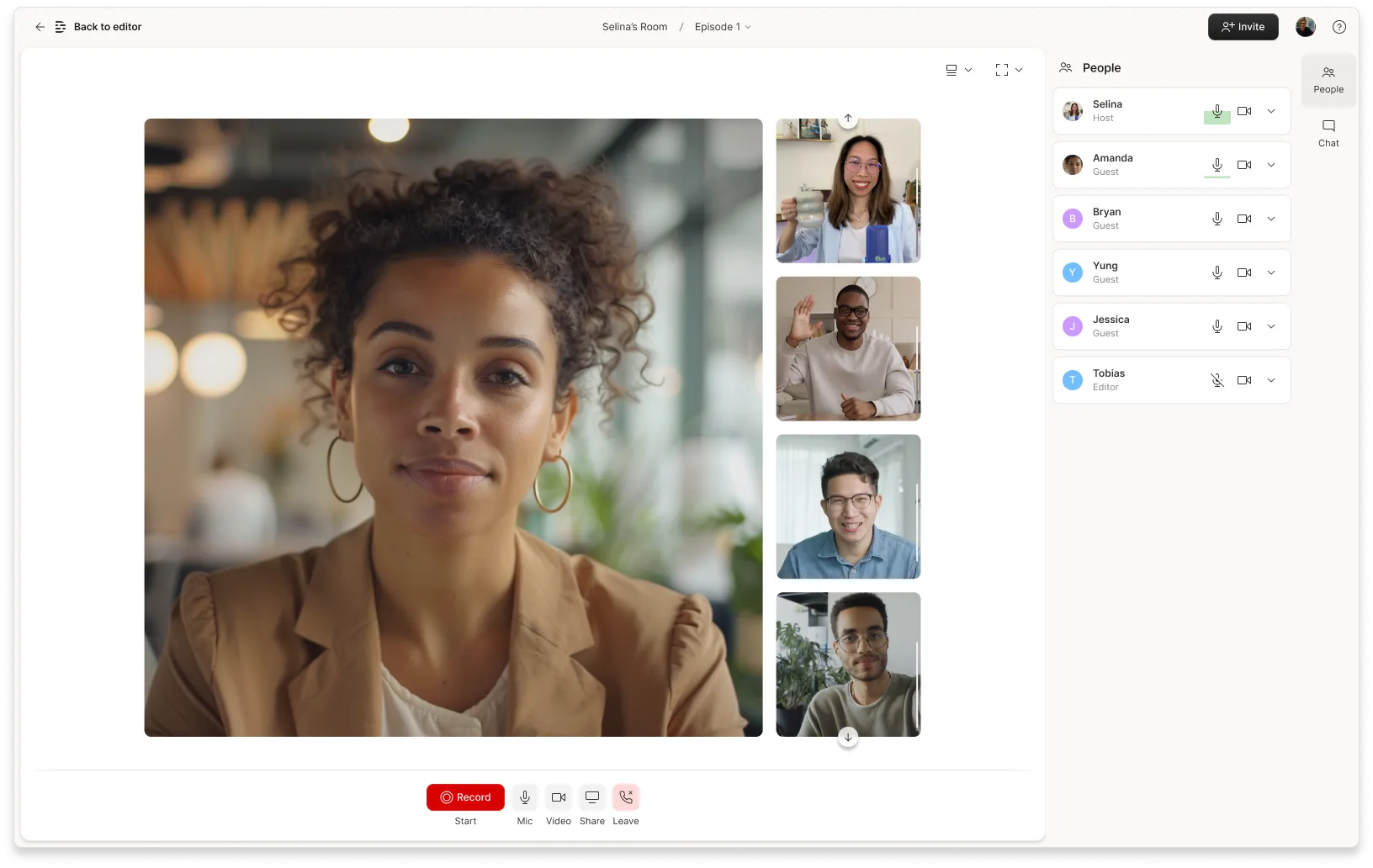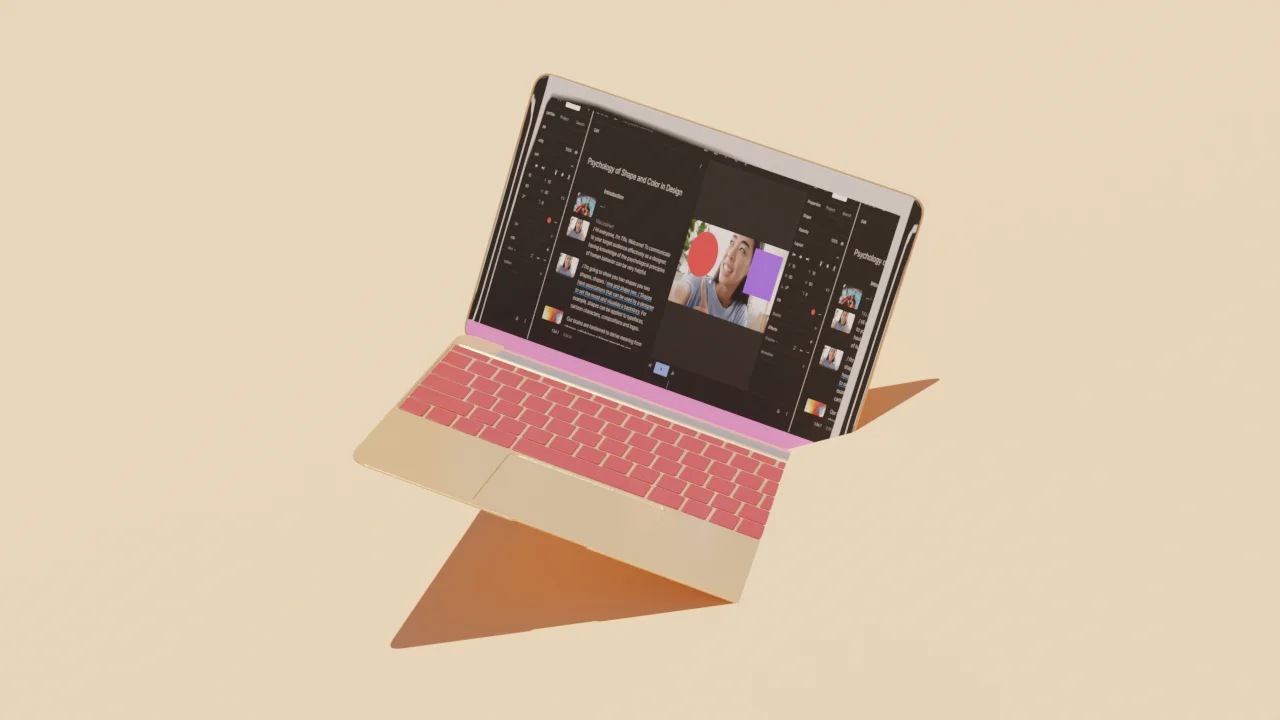My favorite photograph from my friend, Syrian photojournalist Qusay Noor, shows a post-bombing firefight. It’s nighttime, the dark sky velvety overhead while an inferno rages below. Flames leap above the building, casting the entire scene in eerie reds and oranges. The firefighters look tiny below, their spray of water no match for the blaze. It almost looks like a Renaissance painting, the flames shooting diagonally upwards parallel to the angle of the hose spraying downward.

Until this interview, I had no idea how Qusay managed to capture such a well-framed, balanced and lit shot in the middle of a chaotic scene where his own personal safety was at risk.
He told me the key is planning for the unexpected.
While you may not be shooting in wartime Syria, there are always unexpected complications on video and photoshoots. Here are a few of his tips.

Be ready at any time
There can be an impulse to want perfect circumstances before creating art; I have definitely fallen into this trap. But Qusay didn’t have that luxury, and it made his work even better for it.
“If you always have your camera with you, you will be ready for anything,” he says. That way, you can be nimble on your feet and respond in the moment, which often leads to beautiful surprises.
Qusay started photography as a hobby, taking pictures of his friends and family on trips around Damascus, where he grew up. He was known as the one friend who would always have a camera, which at that time was just a cheap point and shoot.
When the war started, Qusay was prepared to capture any moment tensions erupted, from the initial protests in 2011 to the militarization of his home town, suddenly with tanks on the streets.
“You don’t need to have all this expensive equipment,” he points out. “With small things, you can make a big difference.”
Travel light
Whether you’re in a war zone or not, Qusay also recommends traveling with as little gear as possible.
That’s partially for safety, he says, so you can move quickly if the danger escalates or blend in with your surroundings.
“Sometimes in war, it’s dangerous to have a lot of stuff with you. Keep it simple. Just your camera, some batteries and some memory cards. Most of the time I didn’t even take my tripod.”
But Qusay says there’s another, hidden benefit to this tactic: that people will often open up more to a reporter if they aren’t blinded by lights with a giant camera and tripod in front of them.
On that note, he has one more tip: let your subjects speak from the heart, for as long as they need to. “Maybe we’ll use all of it. Maybe we’ll use just 20 seconds of it. But words have power.”
Pay attention to people
It’s those human stories and human moments that make Qusay’s work stand out. He’s known for images of not only striking scenes of devastation during intense airstrikes but also of regular people living in wartime Syria.
Consider this photo of a little Syrian girl. She’s staring right into the camera, Qusay even reflected in her bright eyes. He’s managed to capture this look on her face like she’s seen more than a child her age should, and yet she doesn’t know anything different. The tiny gold earrings speak to better times before the war.

Qusay recommends focusing on people on the edges of the scene. That might mean the little girl watching from the sidewalk, eyes bright and captivated, like in his photo. Or if you’re shooting a video about a crew of skateboarders in Brooklyn, it might mean panning away from the main subjects to capture reaction shots of passersby — maybe an elderly woman walking her dog, delighted by the skateboarder’s flips, mouth open with joy.
It’s often these smaller moments that can humanize a video, and help a viewer see themselves within your story.
Just snap the picture
This brings me back to my favorite photo from Qusay, the fire raging in a bombed-out building.
It turns out, Qusay wasn’t carefully framing this shot to get the diagonals just right, the fire reflecting off the firehose water perfectly. He just snapped the picture, then another, then another, and looked at them all later to pick which ones to keep.
“At that time, many of my reports… [were shot with] just a little bit of light, often at night,” Qusay remembers. There wasn’t time to fuss with lights or even camera settings. Instead, he snapped the photos in an instant, in the middle of the chaos.
“Sometimes in war, everything is running fast. You need to be fast, too,” he says.
Not only does it mean you’ll get the picture you might have missed otherwise, but that kinetic, in-the-moment energy often leaves the viewer with a feeling of being in the middle of things. Just snap the picture.
That’s really the main point of Qusay’s advice. You don’t have to wait for permission or a formal education or paying work to shoot photos and videos that move people.
“Just start creating, and then keep working on it,” Qusay says. “Anybody can be a journalist. If you believe it, then everybody else will believe it.”










































